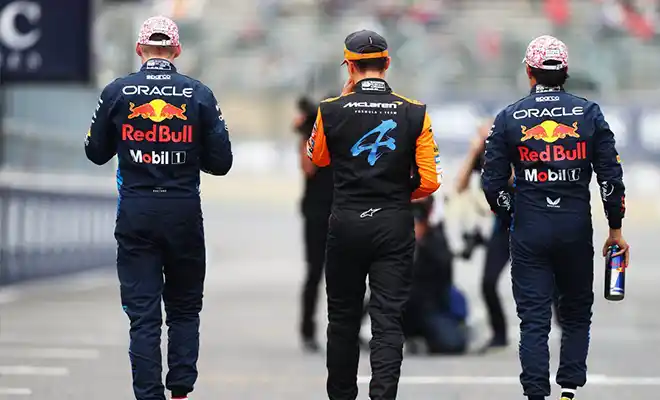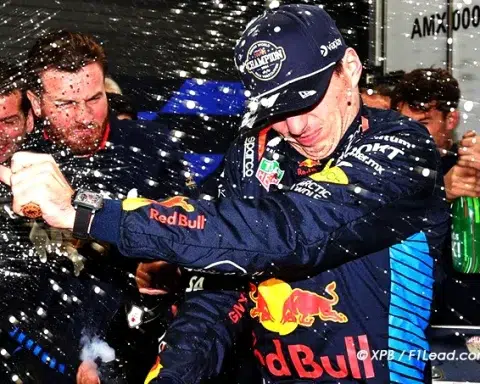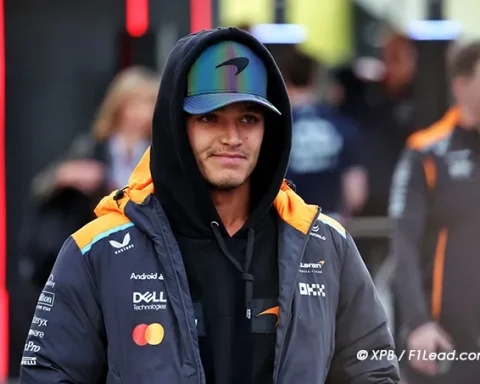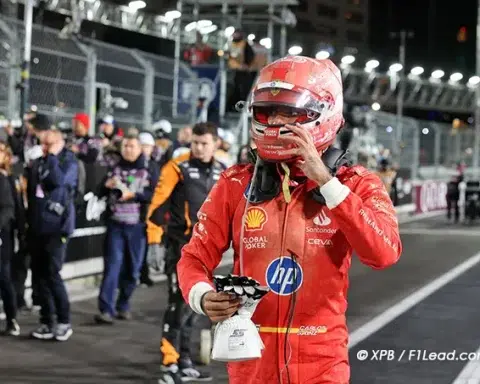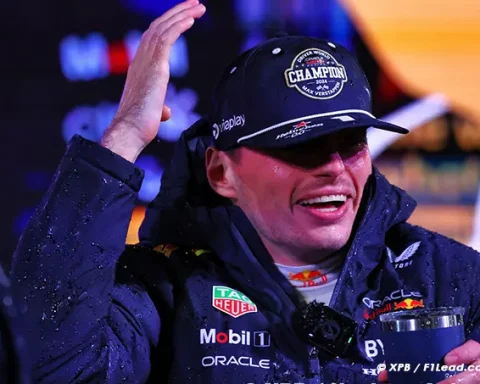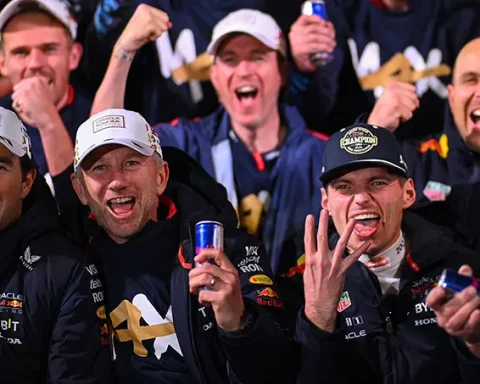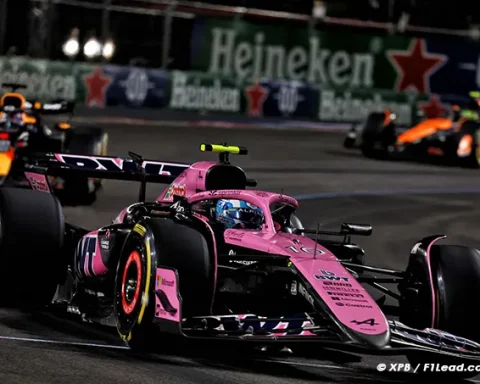F1 Drivers Voice Concerns Over Radical 2026 Rule Changes: Balancing Electric Power and Driving Dynamics
As Formula 1 prepares for sweeping regulation changes in 2026, drivers are increasingly expressing concerns over how the balance between electric power and driving dynamics might reshape the sport. With half of a car’s power set to come from the electric motor, key figures like Red Bull’s Christian Horner and reigning champion Max Verstappen have highlighted the potential pitfalls of the new rules.
The Electric Power Shift and Aerodynamic Overhaul
By 2026, the increased reliance on electric energy will require drivers to generate more energy through recovery systems, raising fears of throttle-lifting on straights to charge batteries. Although new aerodynamic rules aim to counterbalance this with drag-reducing straight-line rear wings, early simulations suggest the cars may become dangerously unstable.
Several F1 teams have reported that initial models show an imbalance between front and rear downforce, potentially making the cars overly prone to spinning. One proposed solution is the addition of movable front wings to improve stability.
Max Verstappen, however, remains sceptical. He has voiced concerns that the new regulations—encompassing engines and aerodynamics—could lead to slower, less engaging cars.
Max Verstappen: “We Need to Focus on Weight, Not Tricks”
Verstappen, never one to shy away from voicing his opinion, has questioned the direction F1 is heading with active aerodynamics and increased electrification.
“We’ll have to make compromises on some tracks, especially where energy usage per lap is higher,” Verstappen explained. “Active aerodynamics could come into play, but I’m not sure that’s the right move.”
The Dutchman emphasised the importance of addressing car weight, which has steadily increased in recent years. “For me, the priority should be optimising the weight of the cars rather than adding tools and tricks to aid overtaking. There are better ways to ensure close racing and improve dynamics.”
Regarding the engine rules, Verstappen acknowledged their necessity but maintained some reservations. “Yes, more electric power is needed to reach top speeds, but it’s going to work better on some circuits than others. People might argue against my points, but we’ll see what happens. For now, we’ve got a lot of work to do before 2026, so I’m not dwelling on it.”
Carlos Sainz: Advocating for Active Suspensions
Ferrari’s Carlos Sainz, a potential Audi recruit for 2026, has also expressed concerns about the new regulations. He shares Verstappen’s unease about active aerodynamics and the heavier reliance on electric power.
“It all stems from the engine regulations. If more energy is drawn from the electric power unit, then active aerodynamics become almost necessary to manage speed and efficiency,” Sainz observed. “But that’s where issues with overtaking and racing dynamics could arise.”
Sainz added an interesting perspective: if F1 is set to introduce active aerodynamics, why not consider active suspensions to address the physical strain on drivers?
“Suspensions are becoming a major point of discussion,” he said. “We’ve seen how demanding some circuits have become with the current cars. Certain bumps that we barely noticed in 2021 can now cause significant discomfort—or even accidents.”
Sainz called on the FIA to take a more holistic approach. “If we’re adopting advanced aerodynamics, why not protect drivers’ health with active suspensions? It’s clear that the current regulations are pushing circuits and organisers to make changes that weren’t previously necessary.”
Manufacturers and the 2026 Vision
Despite their reservations, both Verstappen and Sainz acknowledged the potential benefits of the 2026 changes in attracting major manufacturers like Audi. For Sainz, this represents a significant win for the sport.
“If the regulations have drawn in big names like Audi, that’s worth recognising. But we need to ensure that these changes don’t come at the expense of racing quality or driver safety,” he cautioned.
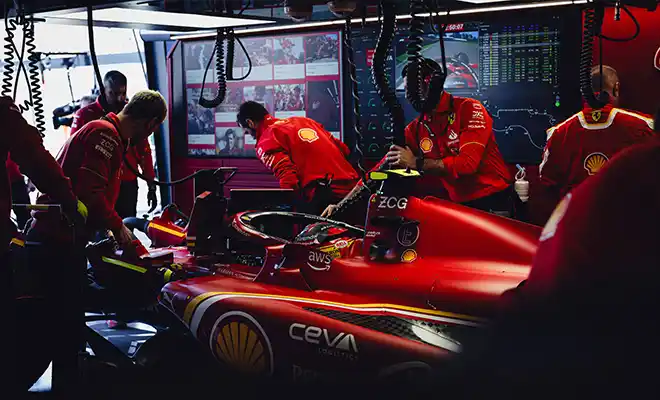
Key Takeaways
- Electric Evolution: By 2026, 50% of power will come from electric motors, raising questions about energy recovery and driving dynamics.
- Aerodynamic Challenges: New rules aim to reduce drag, but early simulations suggest significant stability issues without further adjustments.
- Driver Concerns: Verstappen and Sainz are sceptical of active aerodynamics, advocating for alternative solutions like reducing car weight or introducing active suspensions.
- Manufacturer Appeal: While changes are drawing in big names like Audi, drivers warn against compromising racing excitement and safety.
The 2026 regulations promise to bring Formula 1 into a new era of innovation, but whether they will enhance the sport or create unforeseen challenges remains to be seen. As drivers and teams continue to adapt, the balance between progress and tradition will be at the heart of F1’s next chapter.
F1 Drivers Voice Concerns Over 2026 Rule Changes. F1 Drivers Voice Concerns Over 2026 Rule Changes. formula one F1 Drivers Voice Concerns Over 2026 Rule Changes
- ReadMore>Incheon and Guangdong Eye Future F1 Race Hostings
- Following us on Facebook and Twitter
